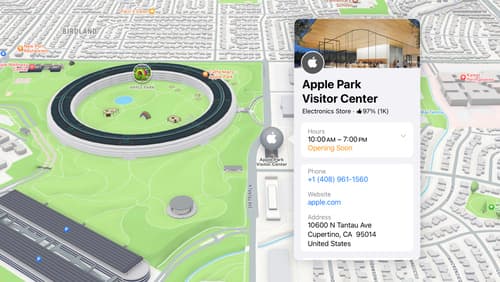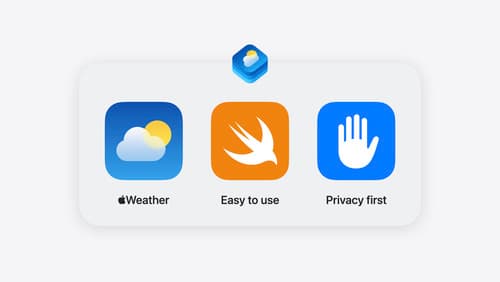Any map API changes?
Asked on 2024-07-20
1 search
Yes, there are several changes to the MapKit API presented at WWDC. Here are some of the key updates:
-
Place ID: A new identifier for places, allowing you to reference places represented by map items in the MapKit framework. This can be used to display place information and annotations (Unlock the power of places with MapKit).
-
Place Cards: New APIs to present place information in your app's UI, even if your app doesn't feature a map view. This includes the MapItem detail API and Place detail API, which can be used with UIKit, AppKit, and SwiftUI (Unlock the power of places with MapKit).
-
Enhanced Search Features: The ability to search for more kinds of places, such as music venues, skateparks, or castles. You can also search for physical features like rivers or mountain ranges, and specific components of an address, such as city or postal code. Searches can be restricted to a specific bounding region, and the server API now supports pagination for handling large sets of results (Unlock the power of places with MapKit).
-
Simplified Token Provisioning: The process for generating tokens for MapKit JS has been streamlined, making it easier to get started with domain-specific token strings that don't expire until manually revoked (Unlock the power of places with MapKit).
-
Adaptive Maps: Support for adaptive MapKit JS maps that can adjust to the system's preferred color scheme, whether light or dark (Unlock the power of places with MapKit).
For more detailed information, you can refer to the session "Unlock the power of places with MapKit".

Unlock the power of places with MapKit
Discover powerful new ways to integrate maps into your apps and websites with MapKit and MapKit JS. Learn how to save and reference unique places using Place ID. Check out improvements to search that make it more efficient to find relevant places. Get introduced to the new Place Card API that lets you display rich information about places so customers can explore destinations right in your app. And, we’ll show you quick ways to embed maps in your website with our simplified token provisioning and Web Embed API.

Bring context to today’s weather
Harness the power of WeatherKit to get detailed weather forecast data such as precipitation amounts by type, cloud cover by altitude, or maximum wind speed. Find out how you can summarize weather by different parts of the day and highlight significant upcoming changes to temperature or precipitation. Understand how you can compare current weather to the past through our Historical Comparisons dataset and dive into historical weather statistics for any location in the world. We’ll also explore how you can do all of this faster with our Swift and REST APIs.
